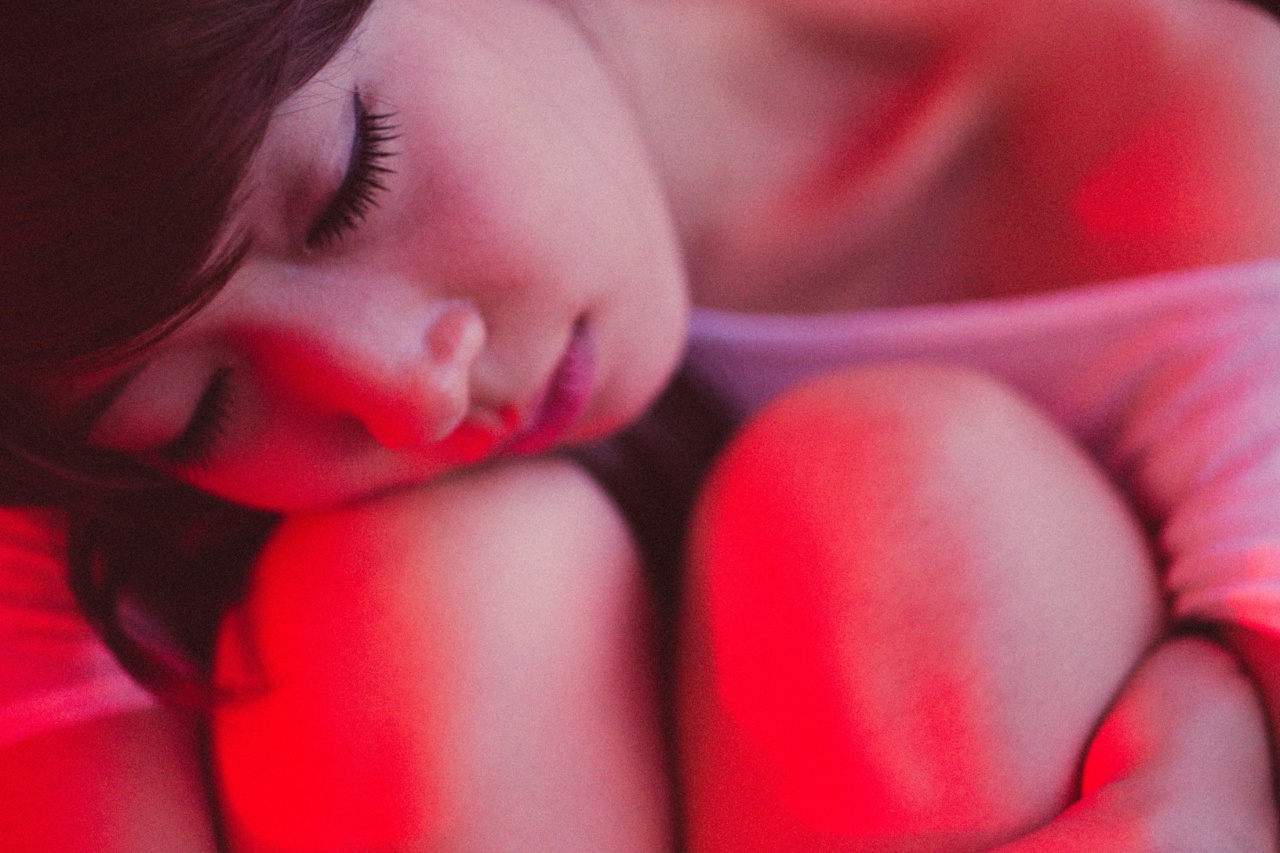Sleep is an essential part of our daily routine, enabling our bodies and minds to rest and recharge after a long day.
Unfortunately, many individuals experience difficulties falling asleep or staying asleep, leading to various sleep disorders that can have serious consequences on their overall well-being. In this article, we will explore the different types of sleep disorders and the grim consequences they can have on individuals.
1. Insomnia: The Silent Torture
Insomnia is a sleep disorder characterized by the inability to fall asleep or stay asleep throughout the night. It can be caused by various factors such as stress, anxiety, medication, or underlying medical conditions.
The consequences of insomnia extend far beyond just feeling tired the next day. Chronic insomnia can lead to decreased cognitive function, memory problems, mood disturbances, and even an increased risk of accidents due to daytime sleepiness.
2. Sleep Apnea: When Breathing Becomes a Battle
Sleep apnea is a disorder in which an individual’s breathing is repeatedly interrupted during sleep.
This interruption can be caused by the collapse of the airway or a failure of the brain to send proper signals to the muscles responsible for breathing. The consequences of sleep apnea can be severe and potentially life-threatening. It can lead to excessive daytime fatigue, high blood pressure, heart disease, stroke, and even an increased risk of accidents while driving or operating machinery.
3. Restless Legs Syndrome: The Unsettling Sensation
Restless Legs Syndrome (RLS) is a neurological disorder characterized by uncomfortable sensations in the legs, often accompanied by an irresistible urge to move them.
These sensations are typically worse at night, leading to significant sleep disturbances. The consequences of RLS can go beyond sleep deprivation and can include increased anxiety, depression, and decreased quality of life. The constant movement to relieve the discomfort can also lead to exhaustion and physical discomfort.
4. Narcolepsy: The Unpredictable Sleep Attacks
Narcolepsy is a neurological disorder characterized by excessive daytime sleepiness and sudden attacks of sleep.
Individuals with narcolepsy often experience extreme sleepiness throughout the day, regardless of how much sleep they have had the night before. The consequences of narcolepsy can be dangerous, with individuals experiencing sleep attacks while driving, at work, or during other crucial activities.
These episodes can lead to accidents and injuries, negatively impacting their personal and professional lives.
5. Parasomnias: When Sleep Becomes a Nightmare
Parasomnias are a category of sleep disorders that involve abnormal behaviors or experiences during sleep. They can range from sleepwalking and night terrors to sleep-related eating disorders and sleep paralysis.
The consequences of parasomnias can be distressing and disruptive, affecting an individual’s quality of sleep and overall well-being. They can also lead to injuries during sleepwalking episodes or cause psychological distress due to the vivid and sometimes terrifying nature of the experiences.
6. Circadian Rhythm Disorders: A Misaligned Clock
Circadian rhythm disorders refer to disruptions in an individual’s internal body clock, which regulates sleep-wake cycles. Conditions such as jet lag, shift work disorder, and delayed sleep-wake phase disorder fall under this category.
The consequences of circadian rhythm disorders can be far-reaching, including difficulty falling asleep at the desired time, daytime sleepiness, and impaired cognitive function. These disorders can also disrupt an individual’s social and occupational functioning, leading to increased stress and decreased productivity.
7. REM Sleep Behavior Disorder: Acting Out Dreams
REM Sleep Behavior Disorder (RBD) is a disorder in which individuals physically act out their dreams while in REM sleep. This can involve talking, shouting, kicking, or even violent behaviors.
The consequences of RBD can be dangerous, as individuals may unknowingly harm themselves or their sleeping partners during these episodes. It can also lead to disrupted sleep, excessive daytime sleepiness, and feelings of embarrassment or shame.
8. Sleepwalking: Navigating the Night Unconsciously
Sleepwalking, also known as somnambulism, is a behavioral disorder that involves walking or performing complex behaviors while still asleep.
The consequences of sleepwalking can vary, ranging from benign activities like wandering around the house to more dangerous situations such as leaving the house or climbing out of windows. Sleepwalking can lead to injuries, both for the sleepwalker and those around them, and can also contribute to daytime sleepiness and impaired functioning.
9. Bruxism: The Grind That Never Sleeps
Bruxism is a sleep disorder characterized by teeth grinding or clenching during sleep. The consequences of bruxism can be detrimental to both dental health and overall well-being.
The grinding action can cause tooth damage, jaw pain, headaches, and disrupted sleep for both the individual experiencing bruxism and their sleep partner. Chronic bruxism can lead to long-term dental complications and contribute to a poor quality of sleep.
10. Shift Work Sleep Disorder: Battling Against the Body’s Natural Rhythms
Shift Work Sleep Disorder (SWSD) is a circadian rhythm disorder that affects individuals who work non-traditional hours, such as night shifts or rotating shifts. The consequences of SWSD can extend beyond mere sleep disturbances.
The misalignment between work schedules and the body’s natural sleep-wake cycles can lead to chronic fatigue, increased risk of accidents, decreased productivity, and an increased risk of developing other health conditions.






























